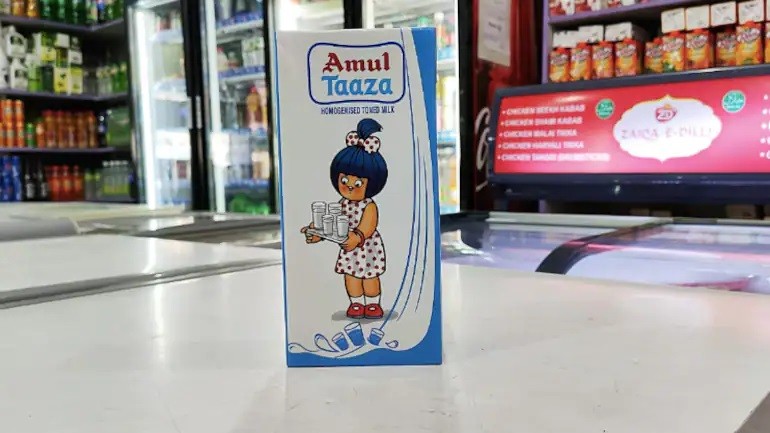Different categories of milk sold under the Amul brand will become costlier by Rs 2 per litre from July 1. The Gujarat Cooperative Milk Marketing Federation (GCMMF), which markets and sells different categories of milk and other products under the Amul brand, said that it has raised milk prices by Rs 2 per litre across India.
The dairy cooperative cited higher input costs as the reason behind the milk price hike. It said the hike will be applicable across all cities where Amul sells its fresh milk.
After the hike, the price of Amul Gold will be Rs 29 for 500 ml, while Amul Tara will cost Rs 23 per 500 ml and Amul Shakti will be available at Rs 26 per 500 ml. The Rs 2 per litre hike translates to a 4 per cent increase in MRP, said GCMMF, adding that it is much lower than the average food inflation.
GCMMF added that the price hike across the different categories of milk products comes after a gap of 1.5 years.
HIGHER INPUT COSTS
The company cited higher input costs as the reason behind the price hikes across its different milk brands. It said input costs have increased on account of higher transportation charges, packaging and logistics.
Not just milk but the prices of many essential FMCG products have increased due to higher input costs. Products such as edible oil, soap, tea and even packaged food grains have increased as a result of higher inflation.
Meanwhile, transportation charges have also gone up due to record high fuel prices.
“It is worthwhile to note that in the last 1.5 years Amul has not made any price revision in its fresh milk category. Since then, due to a rise in costs of energy, packaging, logistics, the overall cost of operation has increased,” GCMMF said.
“Considering the rise in input costs, our member unions have also increased farmers’ price in the range of Rs 45 to Rs 50 per kg which is more than 6 per cent over the previous year. Amul as a policy passes on almost 80 paise of every rupee paid by consumers for milk and milk products to the milk producers. The price revision shall help in sustaining remunerative milk prices to our milk producers and to encourage them for higher milk production.”

















